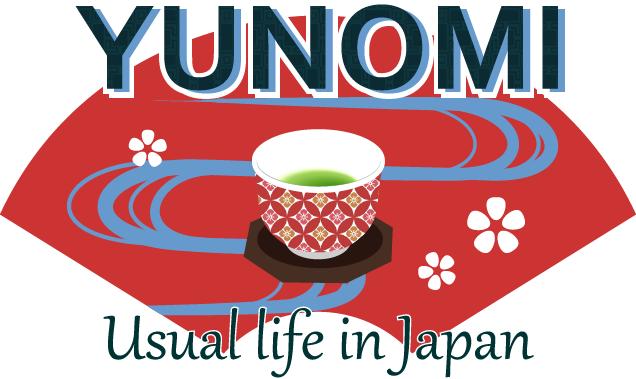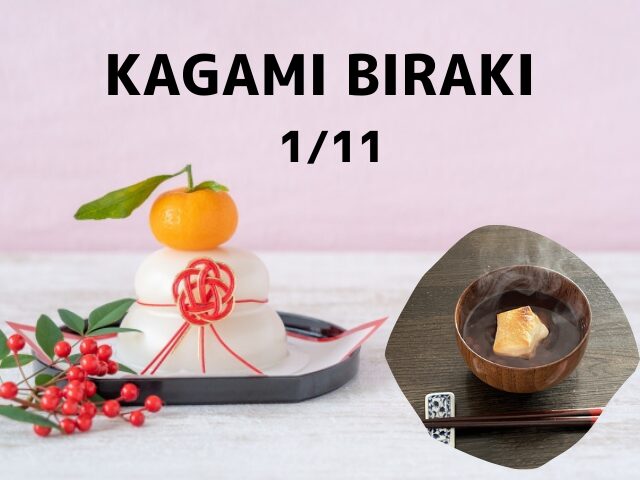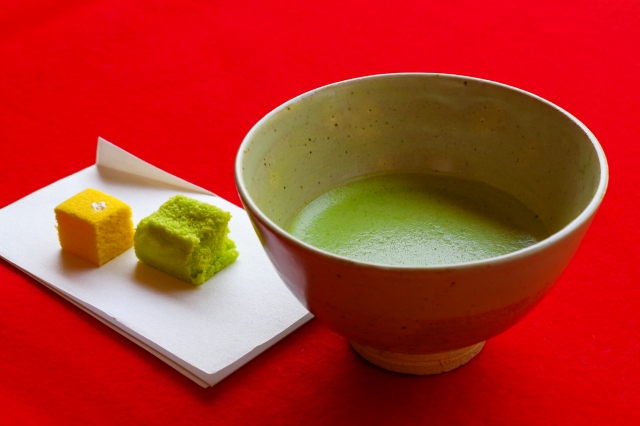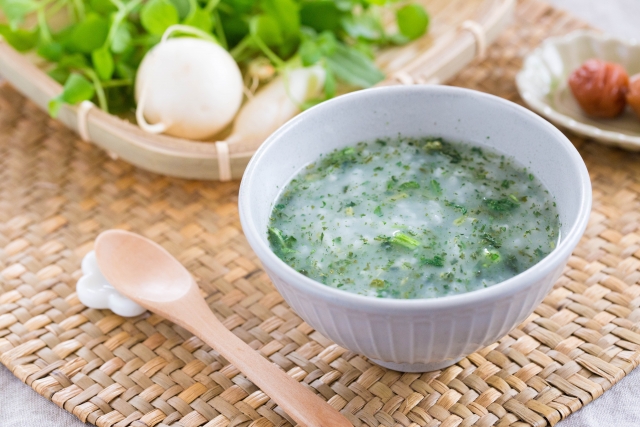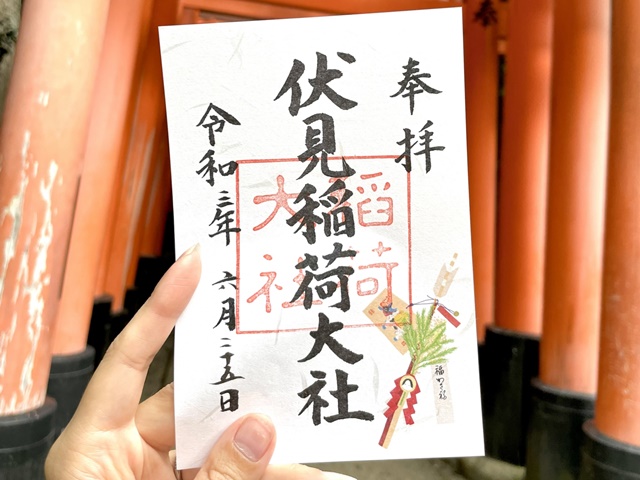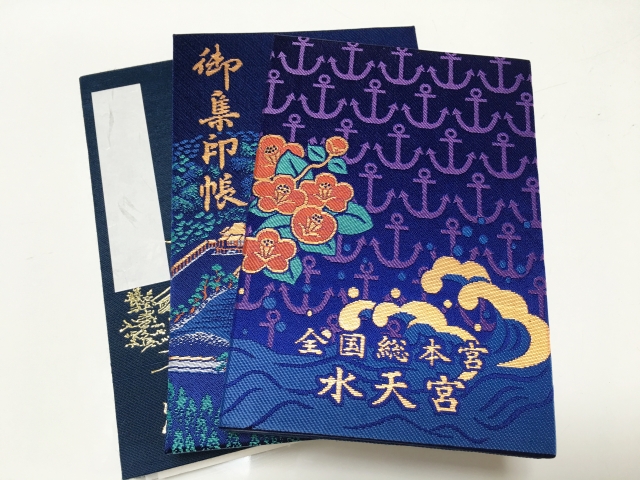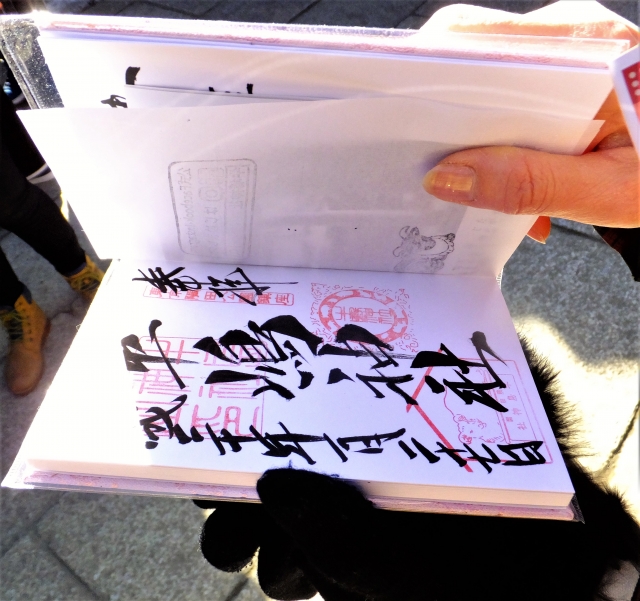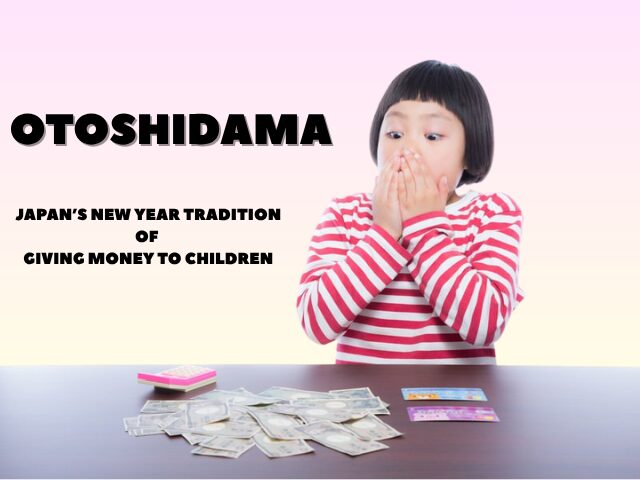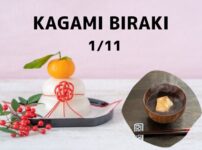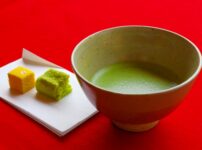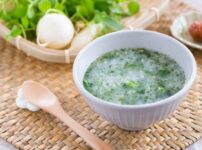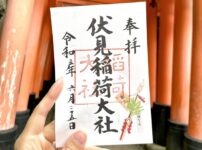NEW ENTRY
Kagami Biraki: Breaking and Eating Mochi to Close Japan’s New Year
Kagami Biraki is a Japanese New Year custom in which people eat kagami mochi that has been offered to the New Year deity. By consuming the mochi believed to hold divine blessings, people wish for health and good fortune, quietly marking the end of the New Year season. What Is Kagami Biraki? Kagami Biraki is the custom of eating kagami mochi that was displayed during the New Year period. The mochi is first offered to Toshigami, the deity believed to visit households at the start of the year. After the New Year celebrations end, the mochi is taken down and eaten to receive the deity’s power and wish for health, safety, and happiness throughout the year. It is not simply a matter of food preparation. Eating the mochi completes the New Year ritual. When Does Kagami Biraki Take Place? In most regions of Japan, Kagami Biraki is observed on January 11, though the date can vary by region and tradition. New Year decorations are removed Ordinary routines have resumed The festive period has clearly ended Kagami Biraki marks this transition in a quiet, symbolic way. Why Is It Called “Opening” Instead of “Breaking”? Although the hardened mochi must be physically broken, the act is traditionally described as “opening,” not “breaking.” In Japanese culture, words carry symbolic weight, and negative expressions are often avoided in rituals. For this reason: “Breaking” can sound unlucky or destructive “Opening” suggests harmony, continuity, and good fortune The choice of words reflects a belief that language itself shapes ...
Japanese Tea Ceremony: The Spirit of Hospitality in a Bowl
The Japanese tea ceremony is a traditional cultural practice that blends Zen philosophy, hospitality, and mindful ritual. Each step—from preparing the tearoom to whisking matcha—expresses harmony, respect, purity, and tranquility. This guide explains the meaning behind the ceremony, key concepts like wabi-sabi and ichigo ichie, and how the host’s hospitality (omotenashi) shapes the entire experience. The Japanese tea ceremony is a traditional ritual of preparing and serving matcha, rooted in Zen Buddhism and centered on harmony, respect, purity, and tranquility, expressed through deliberate actions and sincere hospitality. What Is the Japanese Tea Ceremony? Known as chanoyu, sado, or chado, the Japanese tea ceremony is far more than drinking tea. It is a complete cultural experience shaped by aesthetics, philosophy, and human connection. Every gesture—bowing, cleansing utensils, whisking matcha—carries meaning. Tea masters describe it as “a moment of peace shared between host and guest.” Origins and Philosophy The roots of the tea ceremony lie in Zen Buddhism. In the 16th century, Sen no Rikyū refined it into the form we know today, emphasizing: Simplicity — removing excess to reveal beauty. Mindfulness — acting with full attention. Humility — valuing sincerity over luxury. Two philosophical ideas continue to influence Japanese aesthetics: Wabi-sabi Finding beauty in imperfection, weathered textures, and natural simplicity. Ichigo ichie “One time, one meeting” — the belief that every encounter is unique and unrepeatable. Omotenashi: The Heart of Japanese Hospitality At its core, the tea ceremony is an act of omotenashi—a form of hospitality rooted in sincerity, thoughtfulness, and attention to detail. ...
Tattoos & Onsen in Japan: What Foreign Visitors Need to Know
Tattoos & onsen in Japan is a topic surrounded by misunderstandings. Some visitors fear they will be rejected, while many Japanese are unsure how tattoos are viewed today. In reality, foreign tattoos are rarely a problem—but the historical context behind Japanese tattoos still influences onsen rules. This guide explains everything visitors need to know: why restrictions exist, how tattoos are perceived culturally, and practical ways to enjoy a hot spring even if you have tattoos. What This Article Covers (Quick Summary) Why some onsen restrict tattoos How Japanese people perceive tattoos today The difference between Japanese tattoos and foreign tattoos How to enter an onsen with tattoos Regional differences in tattoo acceptance How to find tattoo-friendly onsen FAQs answered clearly and practically What Are Japan’s Tattoo Rules in Onsens? Japan’s tattoo rules in onsens are traditional guidelines that restrict visible tattoos because of their historical association with crime—not because of foreigners. Most facilities use a simple “no tattoos” sign because they cannot judge each guest individually. However, this rule was never aimed at tourists, and attitudes continue to change. Why Tattoos Are Restricted in Some Onsen Historical Roots: Tattoos as Criminal Marks In the Edo period (1603–1868), tattoos were used as a punishment to mark criminals. This historical association remained deeply embedded in Japanese culture long after the practice ended. As a result, tattoos became a symbol of rebellion or law-breaking. Modern Era: Organized Crime and Large Japanese Tattoos During the 20th century, large full-back tattoos—irezumi—became associated with organized crime groups. This led many ...
Nanakusa-gayu: Japan’s Seven-Herb Rice Porridge for Health and Renewal
Nanakusa-gayu is a traditional Japanese rice porridge eaten on January 7 to absorb the vitality of young spring herbs and pray for good health throughout the year. More than a nutritious meal, nanakusa-gayu reflects a deeply rooted Japanese belief: that seasonal foods gently support the body. After the indulgence of New Year celebrations, this quiet dish symbolizes recovery, moderation, and renewal. What Is Nanakusa-gayu? Nanakusa-gayu is a light rice porridge cooked with seven young herbs and eaten in Japan on January 7. Unlike celebratory New Year dishes rich in flavor and calories, this porridge is intentionally simple and mild. It is designed to calm the stomach and restore balance after days of festive eating. Nanakusa-gayu is not meant to impress with taste. Its value lies in its timing, symbolism, and restraint. When Do Japanese People Eat Nanakusa-gayu? Nanakusa-gayu is eaten on January 7, a day traditionally associated with seasonal health observances. New Year feasts have ended Daily life begins to return to normal The body is thought to need rest and balance The porridge marks a quiet transition from celebration back to everyday routine. Absorbing the Vitality of Young Plants At the heart of nanakusa-gayu is an old belief: By eating the young shoots of early spring plants, people take in their seimeiryoku (生命力)—the life force of nature—and wish for a year of good health. The herbs are still tender, having survived winter and begun to grow again. This resilience is symbolically transferred to the person who eats them, expressing hopes for ...
How to Receive a Goshuin in Japan: Order, Etiquette, and Common Mistakes
Receiving a goshuin is a traditional practice in Japan that records your visit to a shrine or temple through calligraphy and a sacred seal. A goshuin is not simply something to collect. It is given after worship and reflects respect for the sacred place you have visited. This guide explains the correct order for receiving a goshuin, proper etiquette to follow, and common mistakes visitors should avoid. What Is a Goshuin? A goshuin is a sacred seal and handwritten inscription offered at Japanese shrines and temples. It serves as a record of worship rather than a souvenir. Because of this, the way a goshuin is received matters. Step 1: Pray Before Requesting a Goshuin The most important rule is simple. Always pray first. A goshuin is given as proof that you have visited and offered worship. Requesting one before praying is generally considered improper. If you are unsure how to pray correctly, see this guide: How to Pray at a Shinto Shrine in Japan Step 2: Find the Goshuin Counter After praying, look for the place where goshuin are given. This area may be labeled as: Goshuin-jo Nokyo-jo Shrine or temple office Signs are often written in Japanese, but staff members are usually accustomed to visitors. Step 3: Present Your Goshuincho Properly A goshuin is normally written directly into a goshuincho, a special book made for this purpose. When handing it over: Open the book to a blank page Place it gently on the counter Avoid pointing or speaking loudly If ...
